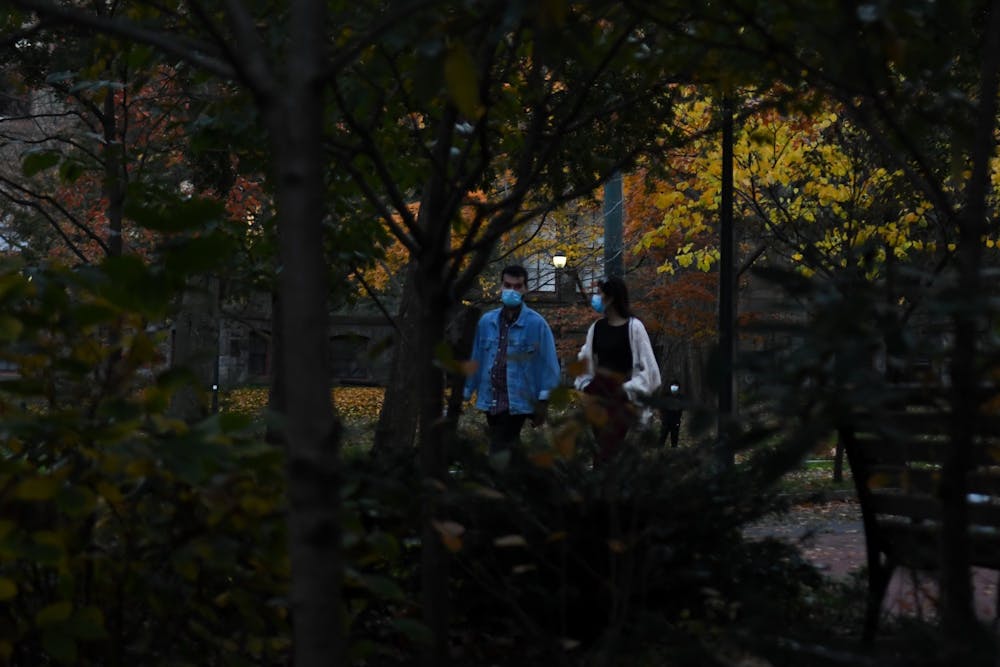
As 2020 wraps up, this year will clearly be defined by the COVID-19 restrictions that began in March and persisted to varying degrees throughout the year. The scientific consensus is that lockdowns, stay-at-home orders, and social distancing practices were at least mostly helpful at preventing the transmission of COVID-19 in the United States. This evidence is further corroborated with the fact that, internationally, countries with less-stringent lockdowns had worse outbreaks than their neighbors, (Sweden vs. the rest of Scandinavia, the U.S. vs. Canada). Based on the scientific evidence and recommendations of top doctors, the COVID-19 restrictions that were put in place seem like a no-brainer. Yet, opposition to restrictions has steadily increased, and it seems that people are increasingly unwilling to stay inside even as super-spreader events lead to spikes in cases and deaths. Although misguided, this opposition to restrictions is very understandable, and is indicative of a recurring trend of the government’s failure to respond to the economic needs of the working class after significant global changes.
As a result of the lockdowns, small businesses and whole industries, such as retail, restaurants, and travel have been devastated. Unemployment ballooned to 14.7 percent at its highest rate during the pandemic. The U.S. is facing a massive eviction crisis and the number of people in need of food assistance has soared. Although there are people who are completely opposed to any government mandates solely in the name of individual liberties, it is more likely that most of the growing aversion to restrictions stems from the lack of economic support people in the hardest-hit sectors are receiving. With cases increasing at rates even higher than the initial surge of the pandemic, California has reverted to an almost-full lockdown, and it is very likely that many other states will follow suit. That population of economically-deprived, shutdown-opposing citizens will only grow.
This anger towards seemingly helpful policy actually holds many parallels to some of the most major political issues in recent U.S. history. Since World War II, the U.S. has consistently been on the forefront of scientific and technological innovation. Much of the world followed suit, resulting in a boom in technology in recent decades that shifted all aspects of modern society. The increase in global cooperation in science coincided with cooperation on diplomatic fronts, resulting in an increase in foreign trade deals such as NAFTA that has defined American consumerism this past generation.
On the surface, the benefits from technological growth and increased international options in consumer goods seem fantastic. However, a few decades removed from the onset of these trends, we are witnessing the long-term negative consequences, with millions of jobs having already been displaced by technology. Millions more jobs, even ones we would never expect, face the threat of automation. Trade policies have also outsourced tons more jobs, rendering many industries, mainly manufacturing, almost obsolete in America. Again, this shows a disregard towards the working class from the government despite the consequences of technology and trade being historically well-known to many.
These changes in the economy have resulted in a similar hysteria towards technology and trade that COVID lockdowns generated. The American public has increasingly become distrustful of science in recent years, with that distrust likely being exacerbated due to the pandemic. The trade policies have furthered xenophobic sentiments, where immigrants and minorities are often the first scapegoats for the U.S.’s economic problems. The rise of social media and its advertising business model is often blamed for this polarity and extremism. While social media is aggravating the issue, current financial struggles and shifting societal structure have made people more vulnerable to polarization. The radicalization and hysteria of the masses have occurred many times before social media, and they were responses to similar economic shifts that we are experiencing now.
The past two election cycles show that the candidates that recognize this issue of working-class economic alienation the most have been the most successful. President Trump won the 2016 presidential election by flipping loyal democratic rust-belt union workers, many of whom either lost their jobs or felt the effects of technological and economic shifts earliest. Andrew Yang, recognizing the role of automation displacing jobs and despite a dearth of name-recognition and media attention, outperformed several powerful establishment Democrats. For both parties in this election, the most successful candidates were those with substantive responses to the needs of the working class. For example, cosponsors of the popular Medicare for All bill in Congress all won their re-elections. This trend will only grow more noticeable, as establishment Democrats and Republicans have and will continue to be deposed. Like it or not, populist (or those pretending to be populist) candidates who recognize the U.S.’s need to respond to the working class’s economic needs from inevitable global changes such as the COVID-19 lockdowns, technological advancement, and increased globalization will continue to have success in politics at every level in the foreseeable future.
MATTHEW LIU is a College sophomore from Allentown, Pa. studying biochemistry.
The Daily Pennsylvanian is an independent, student-run newspaper. Please consider making a donation to support the coverage that shapes the University. Your generosity ensures a future of strong journalism at Penn.
Donate







